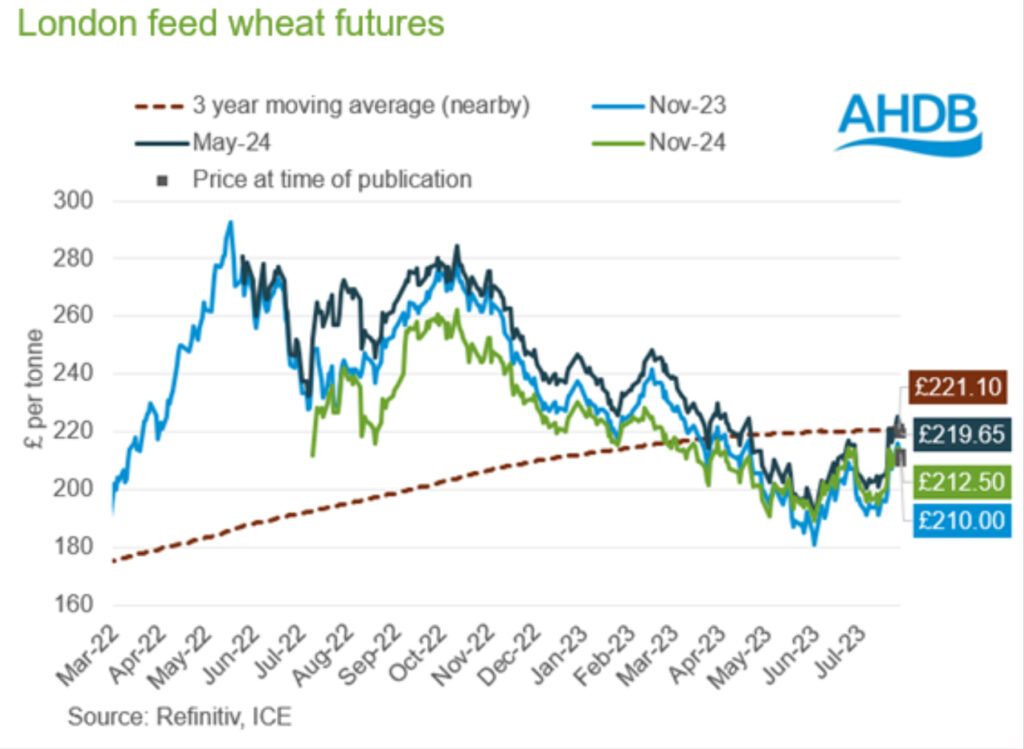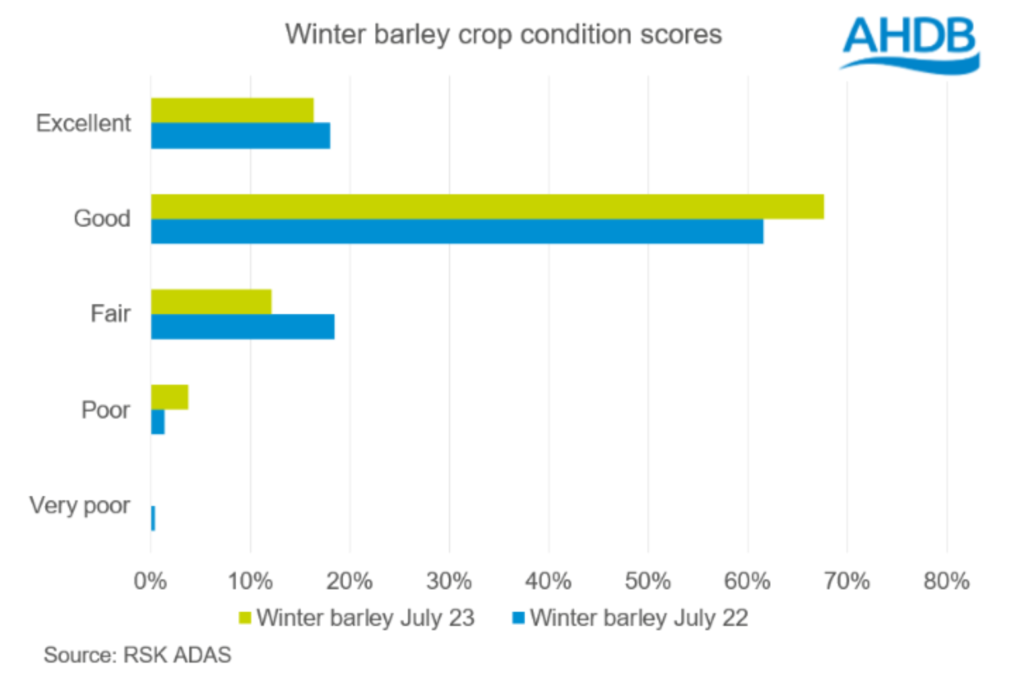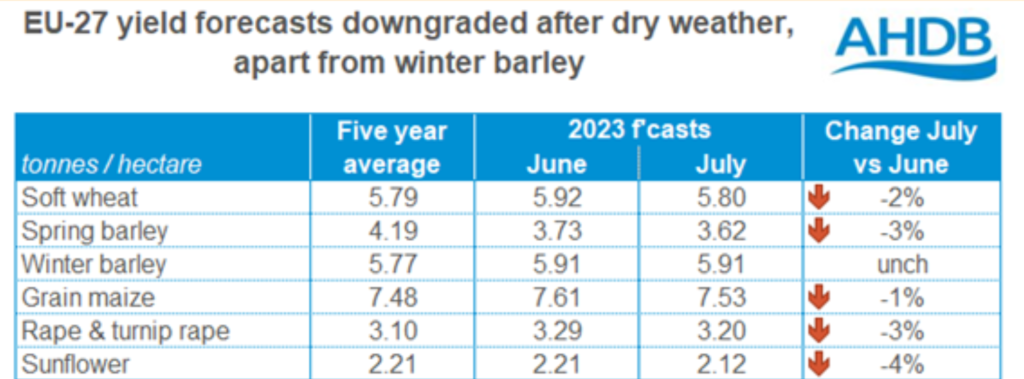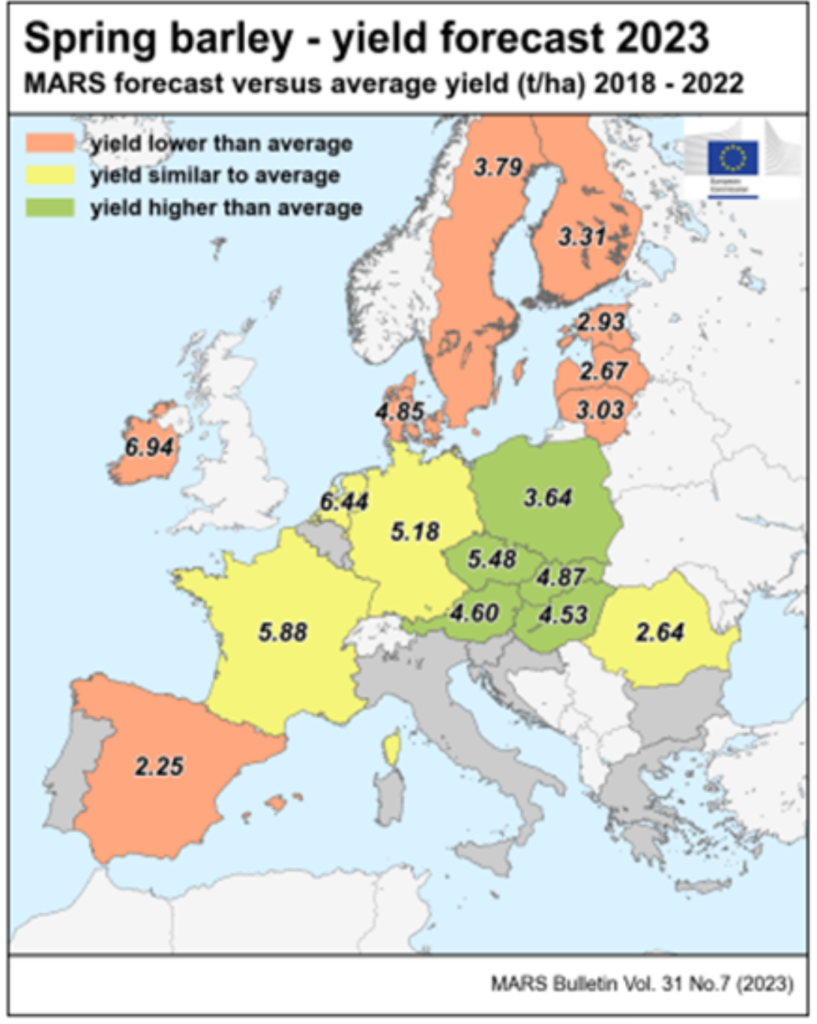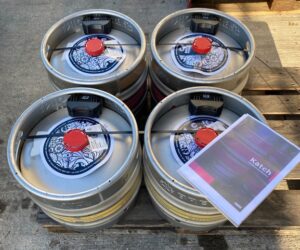There has been a positive start and with that, comes an optimistic outlook, with this year’s harvest, explains Adam Darnes, brewing & distilling malt sales manager at Muntons.
The malting barley market in England has yet to trade in any significant quantity as intakes open and existing contracts are delivered, and the market assesses yield and quality of the upcoming crop.
The wider market has seen significant volatility in feed grain prices, primarily due to the Russia/Ukraine conflict and the bombing of export silos in Odessa and drone attacks on some of the Ukrainian loading points for cargoes on the Danube river.
These events are bullish, but the market also realises the reality of adequate supply. Export competitiveness from the UK for feed grains is hampered by domestic prices and a stronger Sterling.
Price volatility is increasing after downward trend
Winter barley in ‘good’ condition. Yields are slightly down due to a dry April & May. Winter barley harvest in England and Scotland is progressing with East Anglia and the South of England ahead as expected.
However, progress has been interrupted by a southerly jet stream bringing more rain than we would normally expect at this time of year.
Yields on the farm have been average or slightly below average which is disappointing. However, reflects the dry weather spell throughout April and May.
Predictions for yields of spring barley in the EU- 27 are down 13.6% from the five year average.
Early spring barley crops are showing promising signs on quality.
Initial results are positive with reasonable yields of full specification barley without the screening issues seen in the winter crop – we remain hopeful that this trend will continue as the crop comes to harvest over the next six weeks or so (weather permitting). Due to the extended drilling window, we expect a prolonged harvest period for this years crop.
Yield predictions for the EU remain mixed, French crops are mostly harvested with reasonable results.
Results in Spain have become reality, with yields down c.20% from the 5 year average. Yields in Northern Europe are predicted well down from the 5 year average due to the extended dry spell during the growing season.
A wet harvest is forecast, but it shouldn’t affect quality Trade attention is very much on the weather forecast and the model below suggests that as we move into August that rainfall is likely in all harvesting areas leading to a snatched harvest with higher moistures than 2022 crop.
When coupled with relatively low temperatures then there is no imminent danger to quality and with the combining power that is available on farms then there is the expectation that harvest opportunities can be taken between the rain events.


